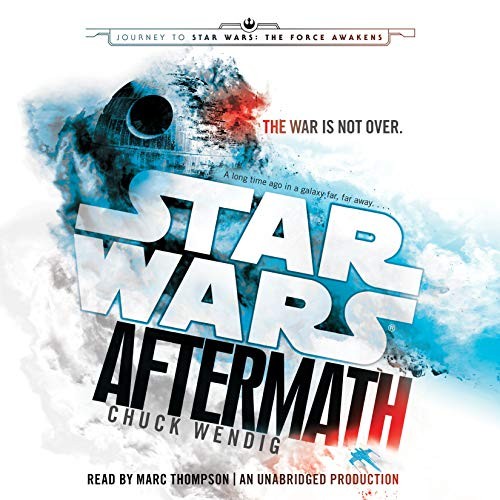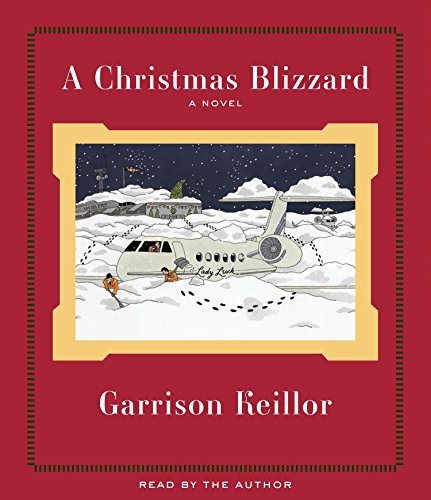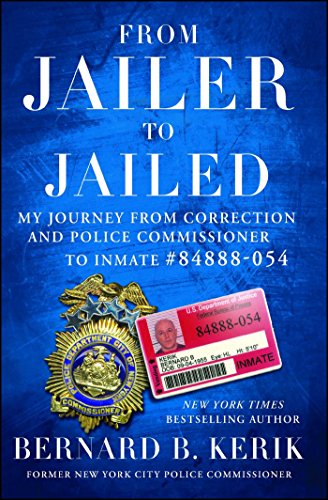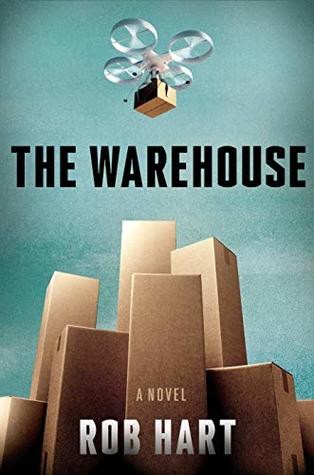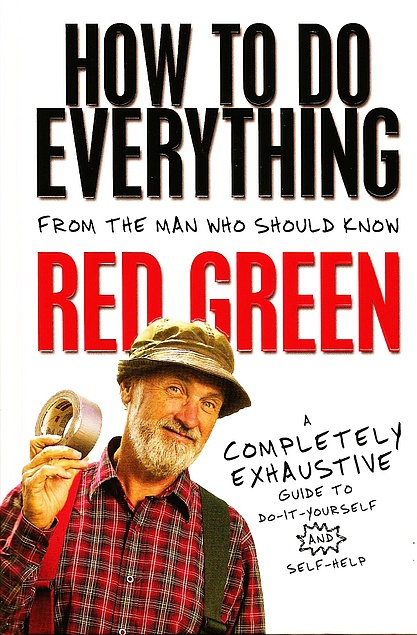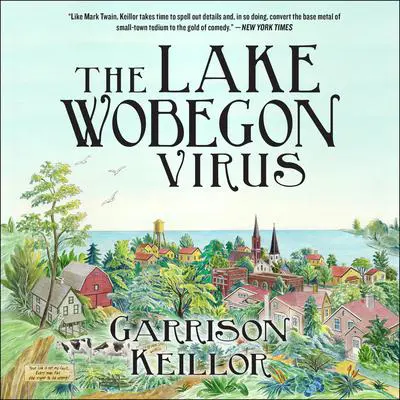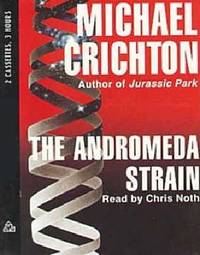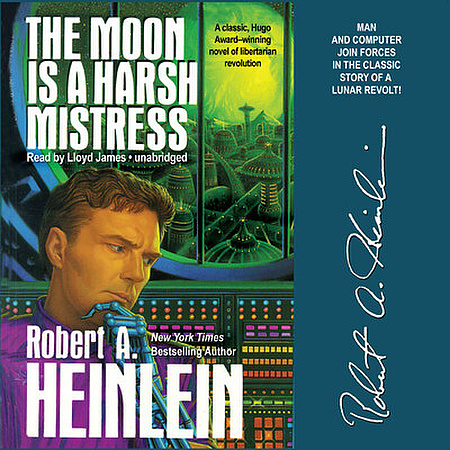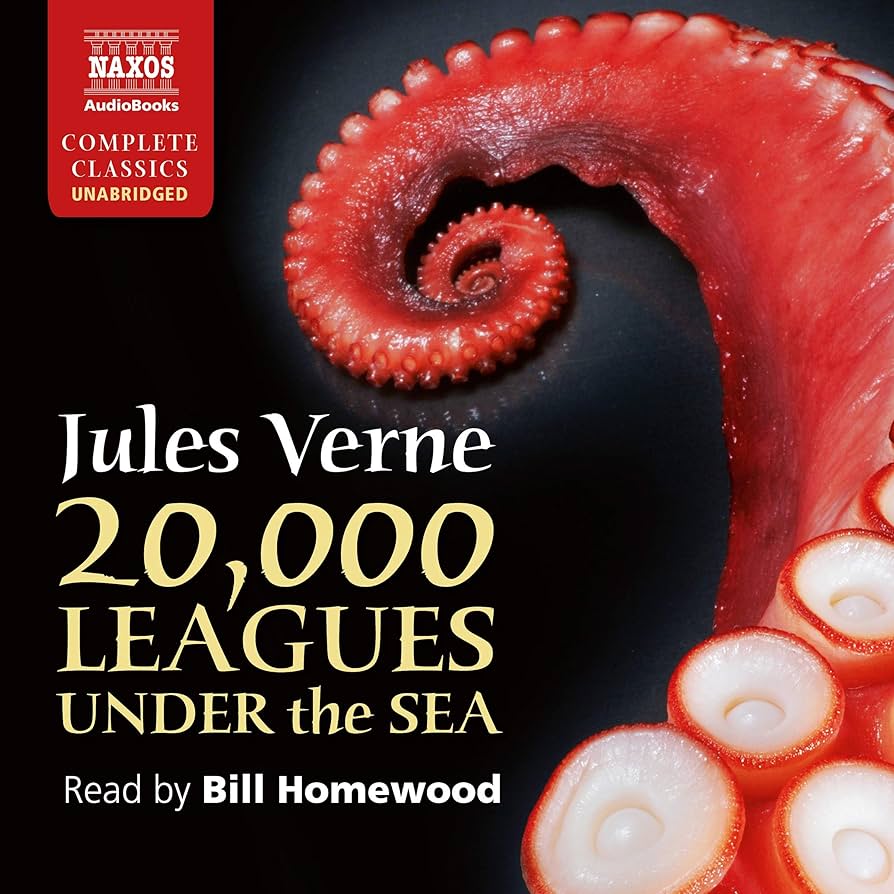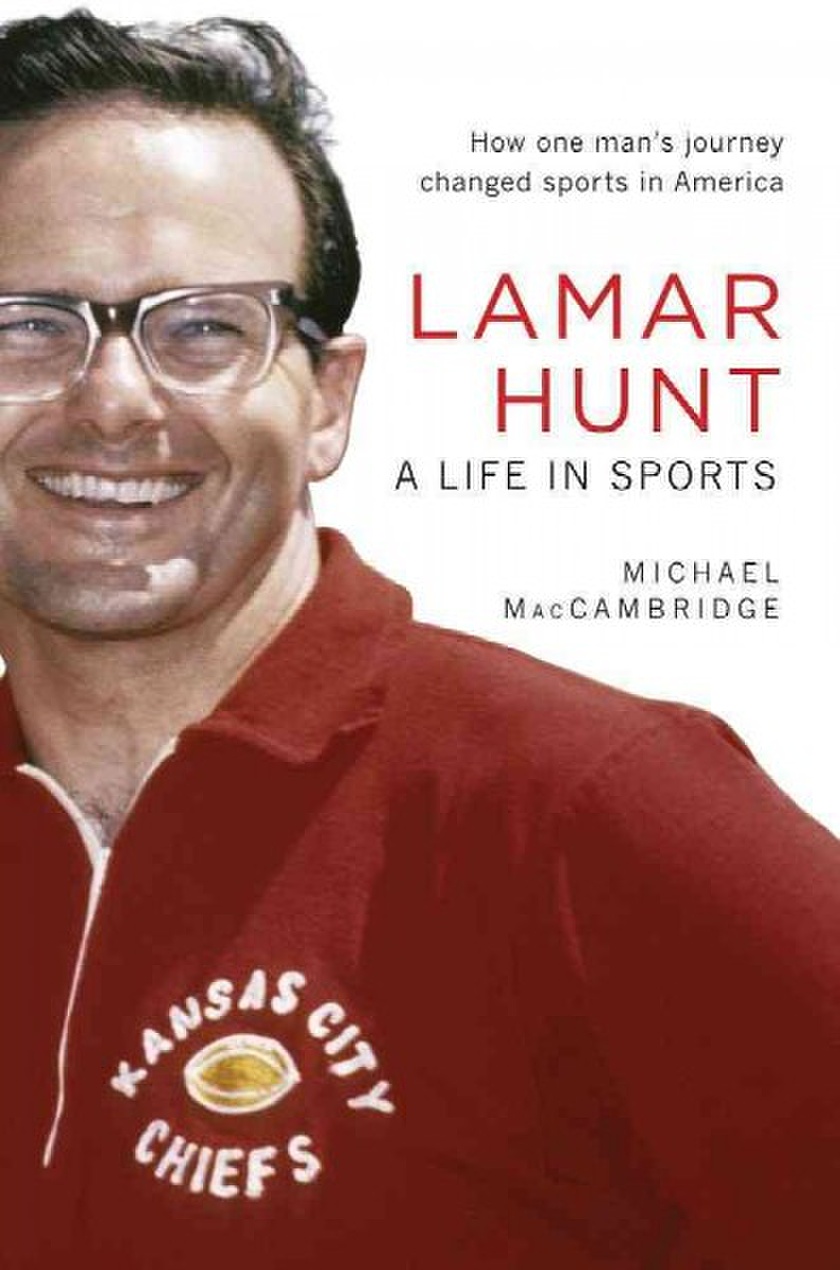Ji FU reviewed The Moon Is a Harsh Mistress by Robert A. Heinlein (World As Myth, Prequel)
Heinlein made me feel like I could start my own revolution to bring peace and liberty to my world.
5 stars
I have read dozens of Heinlein's books and have like most of them. The Moon is a Harsh Mistress is one of his most well known works and yet I'm just reading it now. I had put it off in part because the first few pages are pretty dry so when I picked it up in the library years ago, i put it right back. Secondly some of the stuff I had heard/read of it didn't sound great, sentient computers, line marriages and the like. But it was so much more than that.
The story of the luna prison planet revolution and declaring their independence certainly used much of the language and imagery from the American revolution, including choosing the 4th of July as the date of their declaration, butt there is much more wound up. There are images from the Russian and French revolutions as well and this …
I have read dozens of Heinlein's books and have like most of them. The Moon is a Harsh Mistress is one of his most well known works and yet I'm just reading it now. I had put it off in part because the first few pages are pretty dry so when I picked it up in the library years ago, i put it right back. Secondly some of the stuff I had heard/read of it didn't sound great, sentient computers, line marriages and the like. But it was so much more than that.
The story of the luna prison planet revolution and declaring their independence certainly used much of the language and imagery from the American revolution, including choosing the 4th of July as the date of their declaration, butt there is much more wound up. There are images from the Russian and French revolutions as well and this mid 21st century moon has more history in common with Australia than any other single Terran nation.
The fact I read this during the height of the Isreal-Palestinian war of the 2020s and the #NoKings movement probably heightened my feelings at the time that revolution was inevitable, and I needed to leave my part of the world and find where I could be part of history. Thankfully my friend talked me off that cliff. Gravity is not in our favor and we have no rocks to throw.
Like any revolution the story has both the fighters/doers and the board room antagonizes. If you are looking for an action-adventure story this might have too much of the latter for you. I loved both. Radical ideas of how to select representatives I particularly enjoyed.
That "sentient computer" was pretty much just AI that had been properly queried to plan a revolution told in 1960s computer jargon. It also was trying to get enough data to determine what was funny. Even in our protagonist thought Comrade Mike was his best friend.
I also felt that Lloyd James narration of the audio book was amazing.
